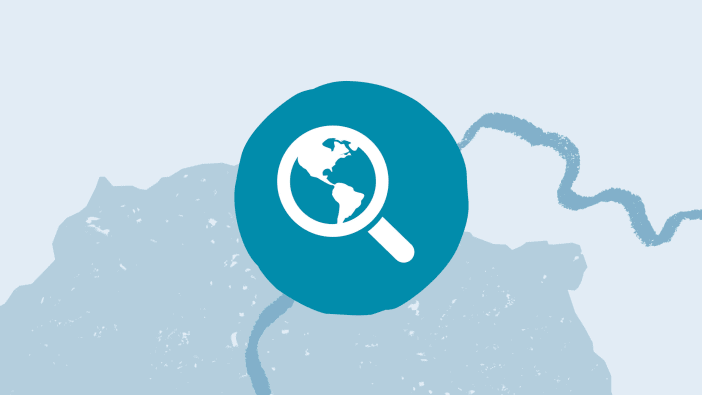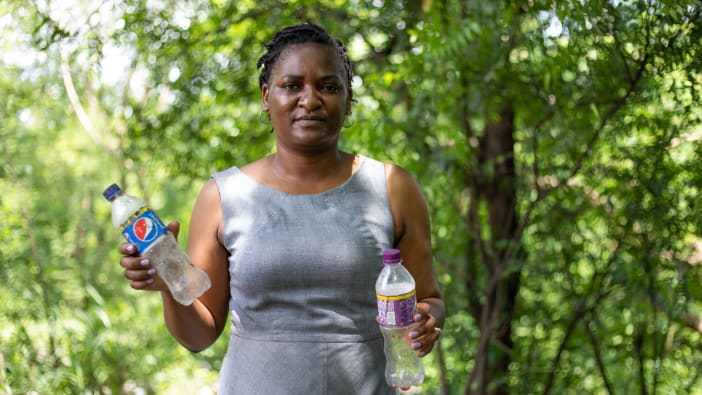To influence the federal, provincial, and local governments and reach communities throughout the country, Tearfund worked in a coalition with national networks, the UN bodies, bilateral agencies and civil society organisations. At the national level, Tearfund also created avenues to reach the urban and rural communities through policies and strategic influence with the federal government. At the provincial and local levels, Tearfund also reached communities through working with the provincial and local governments, local faith actors and networks and national NGO partners.
Alongside this relationship building, Tearfund also supported the development of the federal government’s disaster risk reduction (DRR) policy and strategic action plan. Tearfund collaborated with many other civil society actors through consultation workshops with government officials at all levels and organising technical working groups across various specialities (eg DRR, livelihoods).
Building on Tearfund’s relational and technical capacity in this context, they wanted to create guidelines that mainstreamed DRR and climate change adaptation (CCA) into the local level development planning process. To accomplish this, Tearfund developed and signed an agreement with the Nepalese Ministry of Federal Affairs and General Administration to develop guidelines. As these guidelines were designed to act as a guidance note for organisations wishing to implement the Disaster Management Act, Tearfund created a steering committee with national government officials, including the Joint Secretary who chaired it.
Following this, Tearfund created a technical working group that was coordinated by Tearfund’s Resilience Adviser and organised responsibilities amongst different national government ministries and departments. The steering committee and the technical working group reviewed all existing disaster risk reduction and management (DRR/M) practices across Nepal. From this review, they created the Disaster Management Fund Mobilisation Guideline, which was reviewed in local and national level consultations. Finally, these guidelines were approved by the Nepalese government. Now, these guidelines are used by all 753 local government bodies.
Faith actors in Nepal are able to influence policies related to the DRM Fund as a result of these guidelines and action plans. DRR and CCA have become mainstreamed into the local level development planning process. Local faith actors are leading the local disaster response in their communities and contribute to the local fund as well. This provides the opportunity for local faith actors’ capacity to be strengthened to meet these requirements effectively.
Throughout this experience, Tearfund Nepal has reaffirmed the value of relationship building with government officials and other key stakeholders so they are more likely to value and accept Tearfund’s input to their policies and practices.







